Control over the social world
If we all use the same strategies to interact with the student with low vision, that student can develop a greater sense of anticipation and predictability. This takes away the guess work and gives a sense of control.
Guiding and supporting interaction
Approach: Say your name and offer to assist, taking TIME for the student to respond!
Contact: Offering the hand is a socially acceptable and known method. He then knows where you are, and he can take your arm, without ‘groping’.
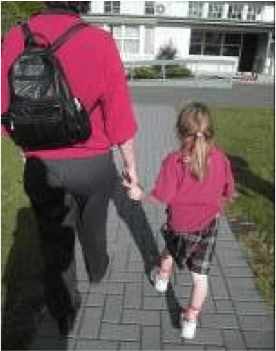
Figure 1 - The adult is guiding the child
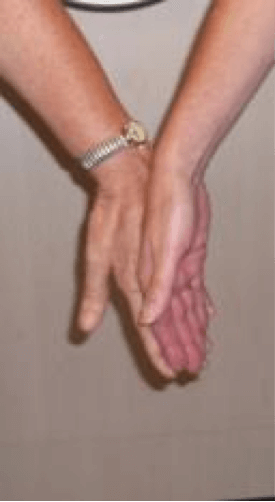
Figure 2 - The guide's hand connecting the guided person's hand
The Yoke Grip or other adapted grips may be useful
Yoke grip
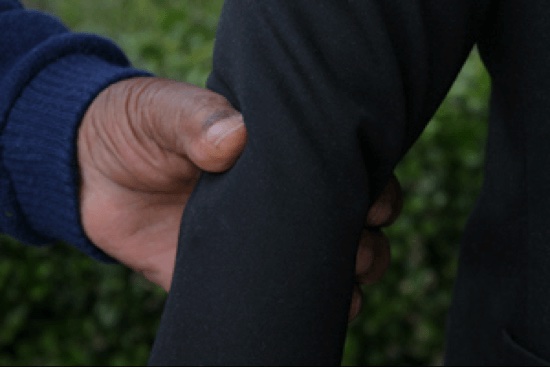
Figure 3 - Guiding using yolk grip
This adapted grip may be useful if the student needs more support.
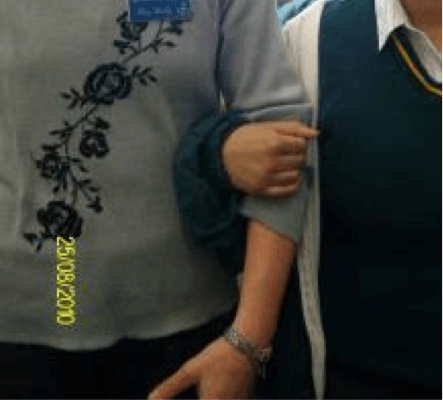
Figure 4 – Guiding using an arm linked around guide’s elbow
Shorter people may need to hold lower than the elbow.
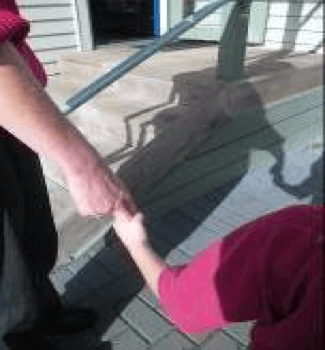
Figure 5 – Child holding on to guide’s finger

Figure 6 – The child being guided is holding on to adult guide around their wrist
Other guiding techniques
Narrow spaces

Figure 7 – Guiding through narrow spaces
Contacting objects
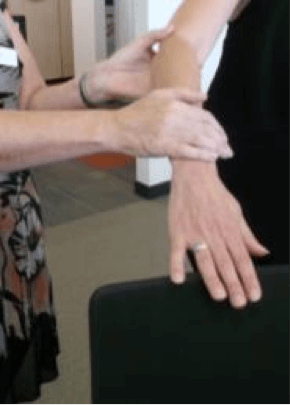
Figure 8 – Person holding on to sighted guide’s arm, using the normal guiding grip
Steps
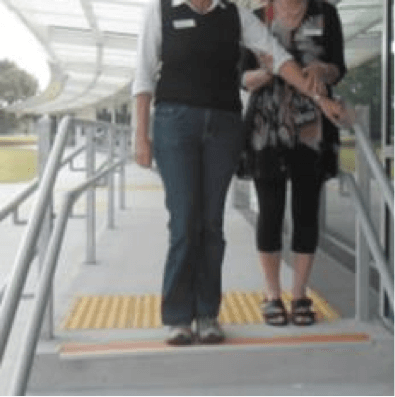
Figure 9 – Guide and traveller standing at the top of steps
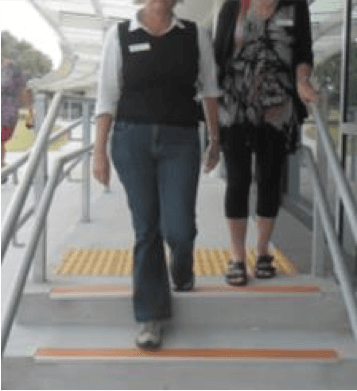
Figure 10 – Guide and traveller walking down the stairs
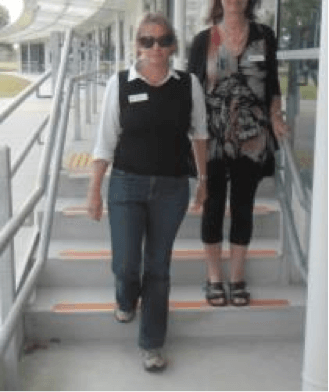
Figure 11 – Guide and traveller moving down the steps
Encouraging connection with the world
Use hand under hand if needed.
Better still, if needed encourage trailing down your arm or the cane. Or if needed use the Three Stage Prompt:
- Verbal – wait,
- Verbal with tapping or other concrete clue,
- Hand under hand.
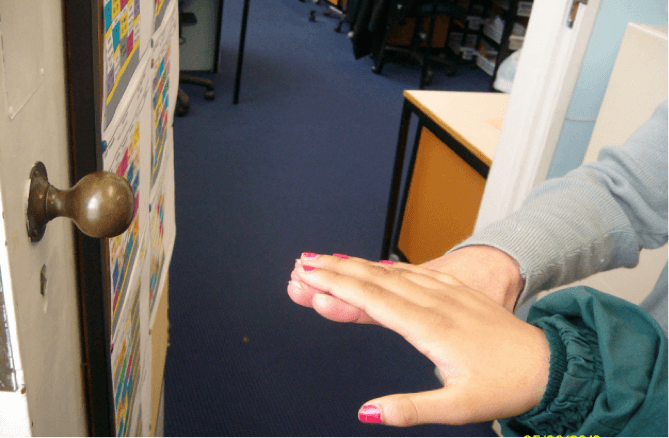
Figure 12 – Hand under hand
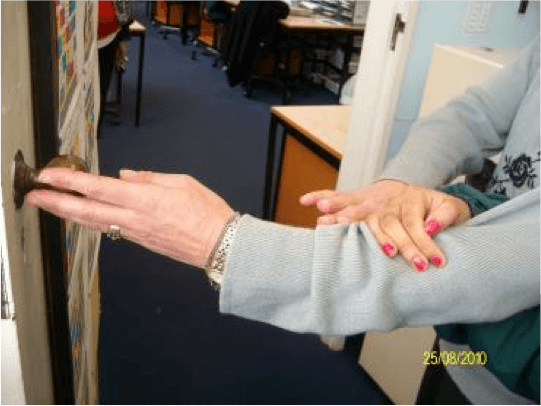
Figure 13 – Guide’s arm connecting with the door handle
Guiding strategies
Even better, use guiding to support engagement with the world and learn strategies such as trailing.
Guiding can be like being in a learning bubble
- In the learning bubble, we are just moving in space and not connecting with the world,
- What do we learn?
Check with your local Resource Teacher: Vision for more information.
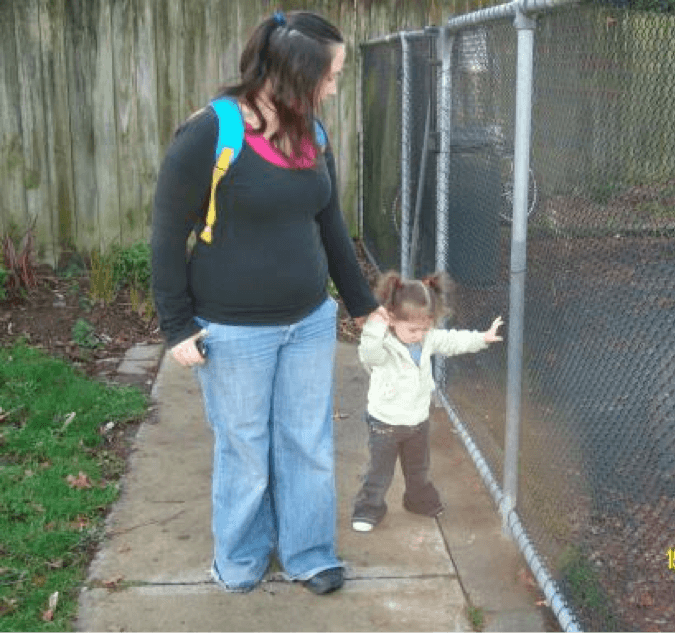
Figure 14 – Mum with her toddler walking along a fence
Download this resource
This resource is available for download in both PowerPoint and Word versions.
- Document format: Control over the social world [WORD, 1.1 MB]
- Presentation format: Control over the social world [PPT, 2.6 MB]
Developed by Moving Forward Ltd and BLENNZ, 2014.